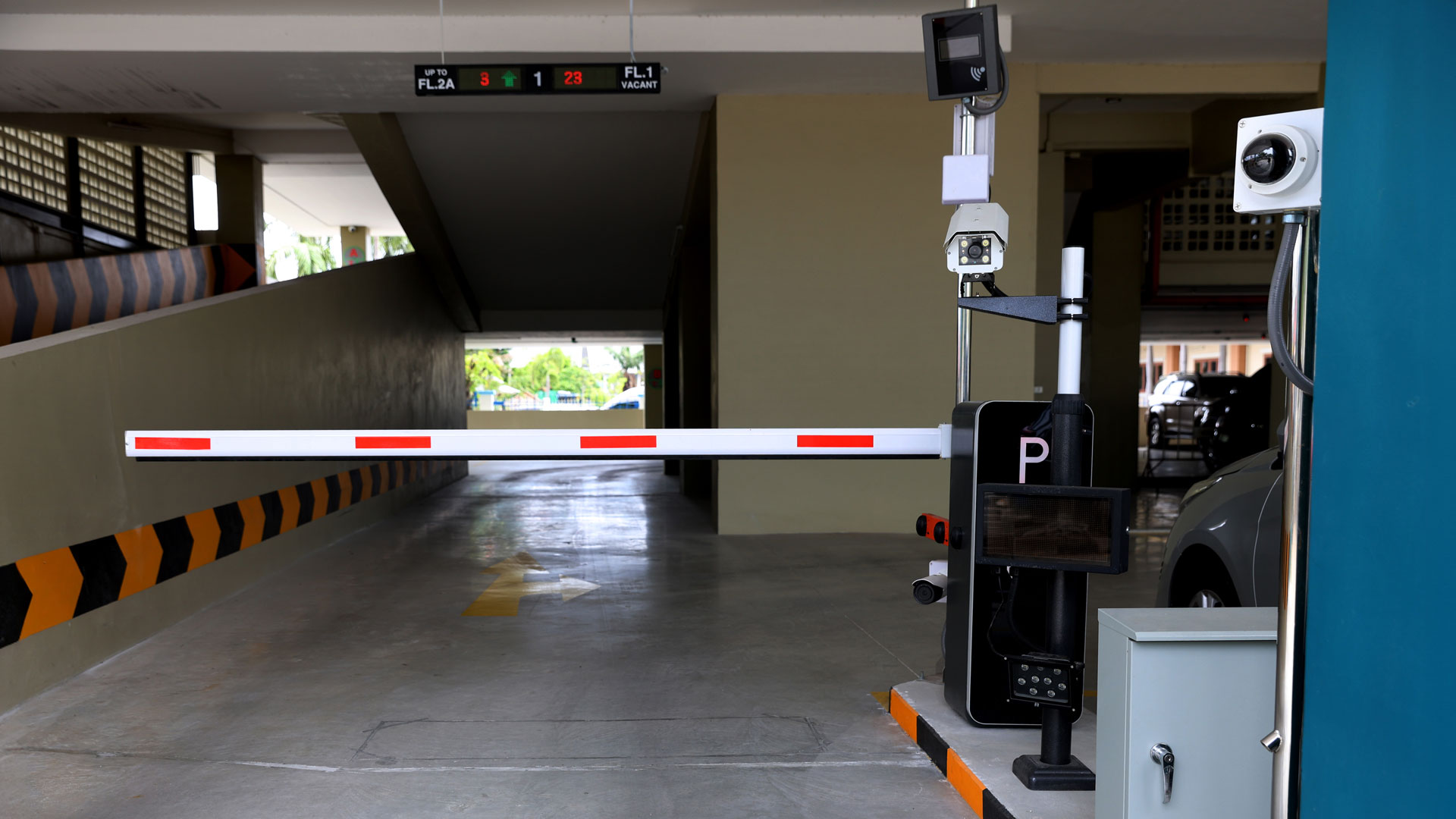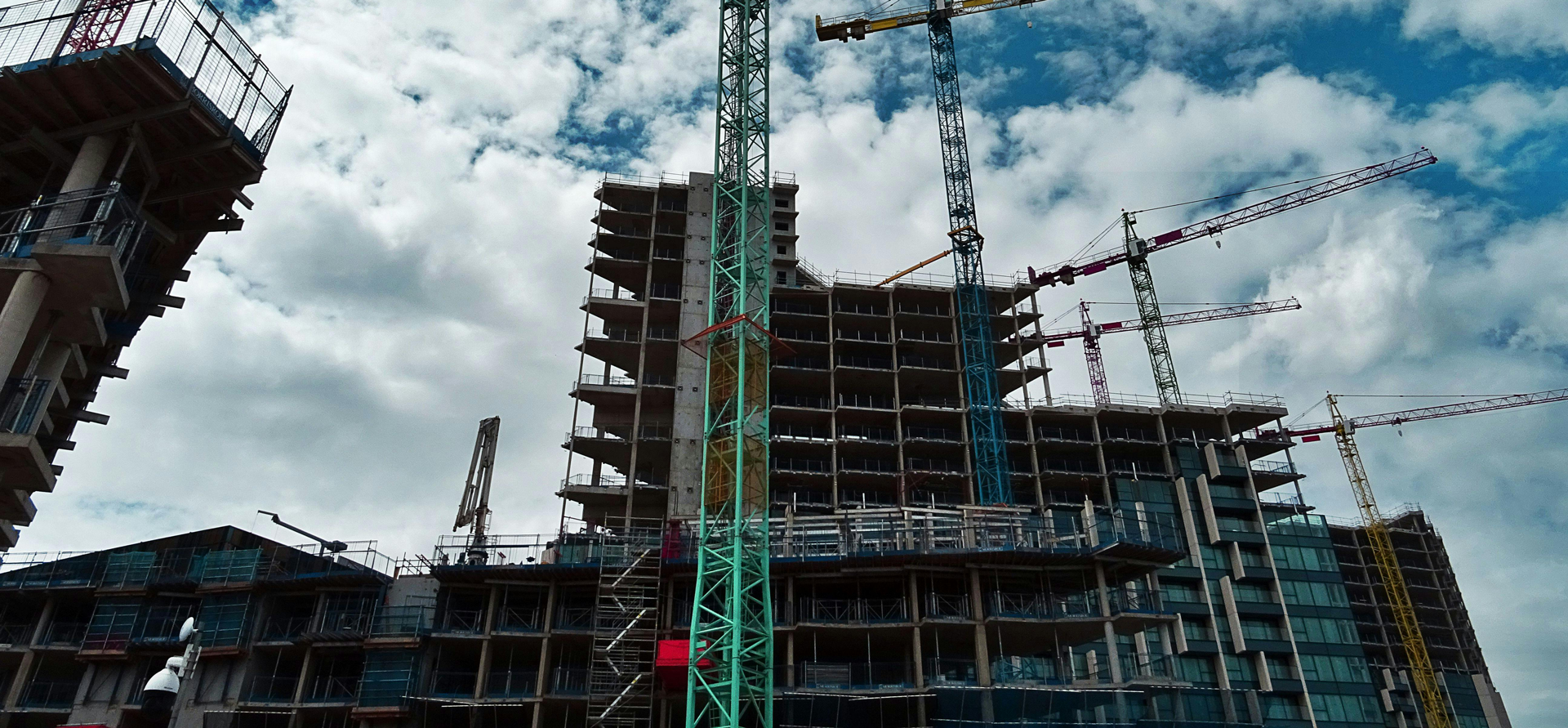
Ensuring Connectivity in MDUs: The Case for Managed WiFi (Amid FCC’s Proposed Bulk Billing Ban)
The Federal Communications Commission (FCC) is considering a proposal that would allow residents of multi-dwelling units (MDUs) to opt out of bulk billing arrangements.
From a technical perspective, the implications of this proposal are likely to be significant and detrimental to connectivity and the resident experience as well as business models in apartment buildings. The Managed WiFi model, which is central to optimal apartment connectivity, stands to be particularly disrupted by this change.
To fully appreciate why Managed WiFi is the superior solution for apartment ecosystems, it is essential to understand the evolution of connectivity models—from retail to bulk arrangements, and ultimately to Managed WiFi.
We believe any opt out proposal would exacerbate the digital divide, disproportionately impacting residents. In this article, we dive deep into the history and benefits of Managed WiFi and explore the potential consequences of the proposed regulatory changes.
The Rise of the Retail Model
Initially, the Internet Service Provider (ISP) retail model, also known as the choice model, was highly effective in apartment buildings. Deployed in the 1990s, this model allowed residents to select their preferred ISP and plans for internet services. Once the ISP activated the service, residents would connect their computers directly to the internet via hardline, each unit operating independently without affecting its neighbors.
However, the advent of wireless technology dramatically changed the landscape. ISPs began deploying wireless routers in each unit, enabling residents to access the internet from any room in their apartment. At least, that was the intention. As the internet’s popularity surged, the retail model’s infrastructure struggled to support the increasing number of connected devices. Smartphones, computers, smartwatches, TVs, speakers, fitness equipment, appliances, etc. all required wireless connections. The lack of coordination between individually owned and operated wireless routers between units, paired with the increasing number of connected devices, led to significant radio frequency (RF) interference, resulting in poor signal quality for all residents.
Bulk Model Creates NOI; Doesn’t Solve for RF Interference
The bulk internet model followed the retail model. In the bulk model, a property owner negotiates a collective internet contract for all units in an MDU, typically securing a discounted rate due to the volume of connections. Compared to the retail model, bulk billing offers significant cost savings, simplifies billing, and ensures consistent, higher-quality internet service for all residents. Because bulk internet provides owners with an additional revenue stream through service markups, it was widely adopted by property owners. It’s important to note that property owners strategically set the service charge below the comparable market rate for retail service, making the apartments more attractive to potential residents.
In practical terms, under the bulk model, ISPs install separate routers in each unit and common area. Rather than a single unified network, this approach involves coordinating multiple networks managed by a single provider. While it improves overall quality compared to retail setups, it doesn’t resolve issues such as RF interference, poor signal quality, or the disconnect between unit and common area networks. Initially, providers often neglected common area WiFi in early bulk deals; although improvements have been made, these solutions remain somewhat limited.
Managed WiFi Delivers Where Bulk & Retail Fall Short
Property owners became aware of these issues through a surge of complaints from residents dissatisfied with their internet connectivity. Unfortunately, property owners were powerless to assist because the ISPs owned, operated, and supported their respective network in the building.
In response to the need for improved resident experience, property owners began to adopt Managed WiFi solutions when new, tech-forward ISPs introduced them. Managed WiFi employs advanced technology to create a unified network through strategically placed access points (APs). These APs work in unison to provide seamless, high-speed internet coverage throughout the entire property, eliminating dead zones and ensuring consistent connectivity. With features such as central management, automatic updates, and proactive monitoring, Managed WiFi systems offer superior performance, security, and reliability compared to traditional retail or bulk deployments.
Property owners make significant capital investments in Managed WiFi deployments, resulting in their ownership and control of the wiring throughout the asset’s life. After the internet service term (whether 5, 7, or 10 years), if the current provider delivers subpar internet service, the property owner can switch to a different ISP for better service. This flexibility is crucial for property owners who are committed to a holistic resident experience. In contrast, under the retail model, the ISP owns the wiring, making such a switch impossible – and cost prohibitive – and ultimately causing residents to suffer.
Managed WiFi Enhances the Resident Experience
Improving the resident experience requires a strong signal and robust infrastructure to meet the network’s bandwidth demands. When deployed correctly, managed WiFi technology delivers on that promise:
- Managed WiFi eliminates RF interference. One of the significant challenges in MDUs is RF interference. In a retail model, multiple providers and individual routers create a chaotic wireless environment, leading to poor connection. Managed WiFi, on the other hand, optimizes spectral efficiency by coordinating Access Points (APs) across the building. This coordination minimizes interference, ensuring residents have a reliable connection no matter where they are on the property.
- Managed WiFi is “always on”. The model simplifies the resident experience by making internet access available immediately upon enrolling in the service at move-in, with no need for individual service contracts. The network is property-wide, ubiquitous and always available. Residents can roam seamlessly throughout the property on their private network, eliminating dead zones and enhancing WiFi calling. This frictionless internet access is a significant upgrade from the hassle of dealing with multiple retail providers.
- Managed WiFi deployments support and enable the “work from home” phenomenon. Having fast, secure, and stable internet access is crucial for WFH residents who depend on it for their livelihood. Their connection for video conferencing, cloud-based work, and other remote work activities cannot be interrupted. Additionally, residents enjoy a consistent connectivity experience (speeds, bandwidth, etc.) throughout the entire building. Whether they are in their living room or in an amenity space, they remain connected to “their” network, ensuring the same high service level everywhere on site.
- Managed WiFi delivers seamless connectivity. Residents in MDUs touch the internet more frequently than any other utility or amenity in their apartment or MDU. Whether streaming videos, FaceTiming, or TikToking, a seamless internet connection is essential. Managed WiFi ensures the best possible connection for all devices.
- Managed WiFi solves for dead zones. Specifically, Managed WiFi supports “WiFi calling,” ensuring seamless cellular connectivity with strategically placed APs even in areas with weak cellular signals.
Managed WiFi Network Supports Proptech
A robust Managed WiFi network is essential for the effectiveness of advanced property technology (proptech) in modern buildings. It enables building operators to efficiently manage and protect their properties and residents. With a well-integrated Managed WiFi network, operators can seamlessly deploy various technologies, including access control systems, cloud-based CCTV, leak detectors, fire/life/safety sensors, humidity detectors, door-left-open sensors, freeze detectors and many more. In addition, it can provide residents with safety and convenience features such as mobile credentials and control over visitor access.
This level of integration and functionality is unattainable with the fragmented network infrastructure typical of retail models. Any disruption to the Managed WiFi network can significantly hinder a building owner’s ability to operate effectively and deliver a superior resident experience.
No More Hidden Fees
Retail ISPs are notorious for fluctuating rates and hidden fees. Managed WiFi offers a stable, negotiated rate that remains consistent.
By securing favorable long-term contracts (5, 7, or 10 years) with an ISP, property owners can provide internet services to residents at rates below market value but above their cost. The additional income generated can then be used to offset CapEx incurred by the property owner to build the network and even be reinvested into current and future building technology infrastructure.
In a typical Managed WiFi model, owners charge residents less than market rates for comparable retail internet service, resulting in:
- Resident Satisfaction: High-quality service at an economical price.
- Owner Satisfaction: Strong return on investment through increased NOI.
- Operational Efficiencies: Clear and tangible benefits for entire MDU community.
Managed WiFi is Built for the Future
Investing in Managed WiFi infrastructure is a long-term value proposition. The wiring for Managed WiFi can last 30-40 years, providing a solid foundation for evolving technologies. The electronics, while needing periodic updates, ensure the network can adapt to advancements such as WiFi 7, which promises even greater speed and efficiency. This contrasts sharply with the aging and often neglected infrastructure of retail ISPs, which fail to keep up with modern demands.
Managed WiFi Only Works When Everyone Participates
Managed WiFi is the cornerstone of a sustainable and efficient internet solution for MDUs. This model is designed to provide consistent, high-quality service to residents while simplifying management for property owners. However, its success hinges on an at-scale deployment strategy.
Managed WiFi operates on a per-property, not per-resident, cost basis. This means that the infrastructure, including access points and wiring, is deployed to serve the entire building, ensuring seamless connectivity for all residents throughout the property. Allowing residents to opt out of Managed WiFi would disrupt the technical integrity of the model. While the fixed costs of maintaining the infrastructure remain constant, the revenue base decreases, potentially rendering the service financially unsustainable.
Additionally, opt-outs can lead to fragmented connectivity, reintroducing issues of RF interference and undermining the benefits of a unified Managed WiFi system. For that reason, the recent proposal to eliminate “bulk billing” arrangements imposed on tenants that impose a specific broadband service provider for their household could have an extremely negative impact on resident connectivity, building operations, and overall security.
For MDUs, Managed WiFi isn’t just a better option—it’s a game-changer. It addresses the critical issues of RF interference, supports essential proptech, enhances the resident experience, offers financial stability, and provides long-term value by providing ubiquitous connectivity. As residents’ reliance on internet connectivity continues to grow, embracing Managed WiFi is the smartest choice for property owners and operators looking to future-proof their investments and deliver the best possible living experience for their residents. The Managed WiFi business model – with its focus on comprehensive service, reliability, security and speed – ensures that both residents and property managers benefit from a seamless and efficient internet solution, avoiding the pitfalls of the retail model and its fragmented, often unreliable service.
WhiteSpace Opposes FFC’s Bulk Billing “Opt Out” Proposal
Ironically, if the FCC proposal passes, it would actually benefit the WhiteSpace business – our scope and fees could double. Property owners would need more support than ever as they navigate from one cohesive, ubiquitous network to the complex task of coordinating multiple networks to support their proptech and resident experience.
However, what’s good for our business is detrimental to the industry at large. That’s why we oppose this proposal and instead advocate for the continued development of technology. The managed WiFi model remains the optimal choice for all residents.
Recent blogs
4 Trends Reshaping Electronic Security (and Why They Matter to Owners)
The electronic security landscape is evolving fast, and if you haven’t looked closely in a while, you might be surprised by what’s changed. From cloud-based systems to smarter cameras, the next generation of access control and surveillance technology isn’t just more powerful – it’s more connected, efficient, and operationally intelligent. […]
Late-Stage Assistance: Turning Challenges into Wins
When most people think about engaging an owner’s representative for low voltage, they picture a long, steady partnership, years of planning, design, and coordination from day one. And that’s true for many of our projects. But sometimes, WhiteSpace gets called in late in the game. That’s exactly what happened on […]


